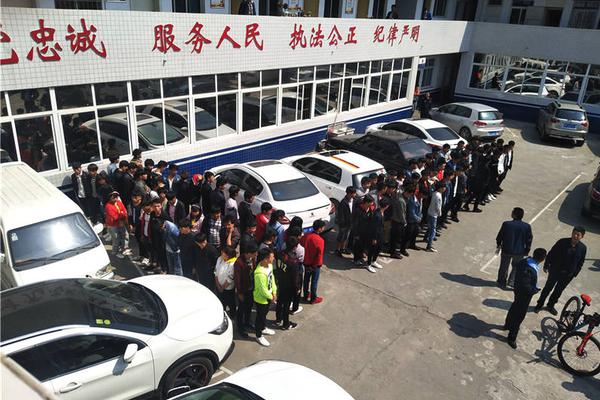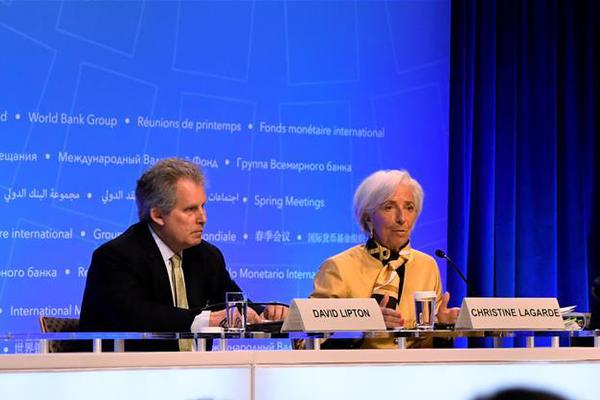【where are egg roll wrappers in grocery store】A Look At The Fair Value Of Canadian National Railway Company (TSE:CNR)
In this where are egg roll wrappers in grocery storearticle we are going to estimate the intrinsic value of Canadian National Railway Company (
TSE:CNR

) by taking the expected future cash flows and discounting them to today's value. We will use the Discounted Cash Flow (DCF) model on this occasion. Models like these may appear beyond the comprehension of a lay person, but they're fairly easy to follow.

We would caution that there are many ways of valuing a company and, like the DCF, each technique has advantages and disadvantages in certain scenarios. For those who are keen learners of equity analysis, the

Simply Wall St analysis model here
may be something of interest to you.
View our latest analysis for Canadian National Railway
Step by step through the calculation
We're using the 2-stage growth model, which simply means we take in account two stages of company's growth. In the initial period the company may have a higher growth rate and the second stage is usually assumed to have a stable growth rate. To begin with, we have to get estimates of the next ten years of cash flows. Where possible we use analyst estimates, but when these aren't available we extrapolate the previous free cash flow (FCF) from the last estimate or reported value. We assume companies with shrinking free cash flow will slow their rate of shrinkage, and that companies with growing free cash flow will see their growth rate slow, over this period. We do this to reflect that growth tends to slow more in the early years than it does in later years.
Generally we assume that a dollar today is more valuable than a dollar in the future, and so the sum of these future cash flows is then discounted to today's value:
10-year free cash flow (FCF) estimate
2022
2023
2024
2025
2026
2027
2028
2029
2030
2031
Levered FCF (CA$, Millions)
CA$4.04b
CA$4.35b
CA$4.66b
CA$5.05b
CA$5.34b
CA$5.57b
CA$5.77b
CA$5.94b
CA$6.09b
CA$6.23b
Growth Rate Estimate Source
Analyst x12
Analyst x7
Analyst x3
Analyst x1
Est @ 5.64%
Est @ 4.41%
Est @ 3.55%
Est @ 2.95%
Est @ 2.53%
Est @ 2.24%
Present Value (CA$, Millions) Discounted @ 6.2%
CA$3.8k
CA$3.9k
CA$3.9k
CA$4.0k
CA$4.0k
CA$3.9k
CA$3.8k
CA$3.7k
CA$3.5k
CA$3.4k
("Est" = FCF growth rate estimated by Simply Wall St)
Present Value of 10-year Cash Flow (PVCF)
= CA$38b
We now need to calculate the Terminal Value, which accounts for all the future cash flows after this ten year period. The Gordon Growth formula is used to calculate Terminal Value at a future annual growth rate equal to the 5-year average of the 10-year government bond yield of 1.6%. We discount the terminal cash flows to today's value at a cost of equity of 6.2%.
Story continues
Terminal Value (TV)
= FCF
2031
× (1 + g) ÷ (r – g) = CA$6.2b× (1 + 1.6%) ÷ (6.2%– 1.6%) = CA$136b
Present Value of Terminal Value (PVTV)
= TV / (1 + r)
10
= CA$136b÷ ( 1 + 6.2%)
10
= CA$75b
The total value, or equity value, is then the sum of the present value of the future cash flows, which in this case is CA$113b. The last step is to then divide the equity value by the number of shares outstanding. Compared to the current share price of CA$155, the company appears about fair value at a 2.6% discount to where the stock price trades currently. Remember though, that this is just an approximate valuation, and like any complex formula - garbage in, garbage out.
dcf
The assumptions
The calculation above is very dependent on two assumptions. The first is the discount rate and the other is the cash flows. If you don't agree with these result, have a go at the calculation yourself and play with the assumptions. The DCF also does not consider the possible cyclicality of an industry, or a company's future capital requirements, so it does not give a full picture of a company's potential performance. Given that we are looking at Canadian National Railway as potential shareholders, the cost of equity is used as the discount rate, rather than the cost of capital (or weighted average cost of capital, WACC) which accounts for debt. In this calculation we've used 6.2%, which is based on a levered beta of 1.058. Beta is a measure of a stock's volatility, compared to the market as a whole. We get our beta from the industry average beta of globally comparable companies, with an imposed limit between 0.8 and 2.0, which is a reasonable range for a stable business.
Looking Ahead:
Valuation is only one side of the coin in terms of building your investment thesis, and it is only one of many factors that you need to assess for a company. DCF models are not the be-all and end-all of investment valuation. Preferably you'd apply different cases and assumptions and see how they would impact the company's valuation. For instance, if the terminal value growth rate is adjusted slightly, it can dramatically alter the overall result. For Canadian National Railway, we've compiled three further aspects you should further research:
Risks
: Case in point, we've spotted
2 warning signs for Canadian National Railway
you should be aware of.
Management
:Have insiders been ramping up their shares to take advantage of the market's sentiment for CNR's future outlook? Check out our
management and board analysis
with insights on CEO compensation and governance factors.
Other Solid Businesses
: Low debt, high returns on equity and good past performance are fundamental to a strong business. Why not explore
our interactive list of stocks with solid business fundamentals
to see if there are other companies you may not have considered!
PS. Simply Wall St updates its DCF calculation for every Canadian stock every day, so if you want to find the intrinsic value of any other stock just
search here
.
Have feedback on this article? Concerned about the content?
Get in touch
with us directly.
Alternatively, email editorial-team (at) simplywallst.com.
This article by Simply Wall St is general in nature.
We provide commentary based on historical data and analyst forecasts only using an unbiased methodology and our articles are not intended to be financial advice.
It does not constitute a recommendation to buy or sell any stock, and does not take account of your objectives, or your financial situation. We aim to bring you long-term focused analysis driven by fundamental data. Note that our analysis may not factor in the latest price-sensitive company announcements or qualitative material. Simply Wall St has no position in any stocks mentioned.
View comments
本文地址:http://86512.manful-electronic.com/news/580a299417.html
版权声明
本文仅代表作者观点,不代表本站立场。
本文系作者授权发表,未经许可,不得转载。